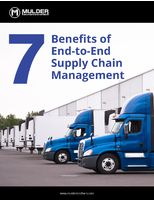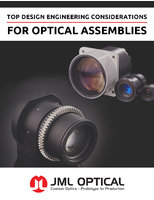Complete Line of Water Filtration and Recycling Equipment Focuses on Environmental Compliance and Getting Equipment Wash Racks to go Green
Environmentally compliant equipment wash racks are not just a dream; they are being designed, built and used all over the world. Wash rack systems are available that seamlessly collect the waste water, filter that collected water for discharge to sewer, or, if no sewer is available, filter and recycle the waste water and process it back into the wash process.
Hydro Engineering Inc. has been designing waste water filtration systems for equipment wash rack applications for over 20 years. But now, new product enhancements to their Hydrokleen product line have simplify every aspect of the filtration or recycling requirement and eliminated the guess work of choosing the correct equipment to filter or recycle wash water.
"Water filtration is a little like crushing rock. We start by filtering the largest item (rock), and then filter down to the smallest item as required for your operation. We make sure that each contaminate from beginning to end is identified and removed so that the end product is water that can be reused in the washing process or discharged to sewer, " Says Mr. McCormick.
Each Hydrokleen component delivers results for a single task. Identify contaminates in the waste water stream that are of concern, and then pick the component required to reduce or eliminate that contaminate.
The following list comprises the Hydrokleen product line:
"One or all of these steps may be required in a filtration or recycling system within a wash rack environment", Says McCormick. Modifying an equipment wash rack to comply with a Storm Water Pollution Prevention Plan and meeting water discharge requirements is getting easier.




